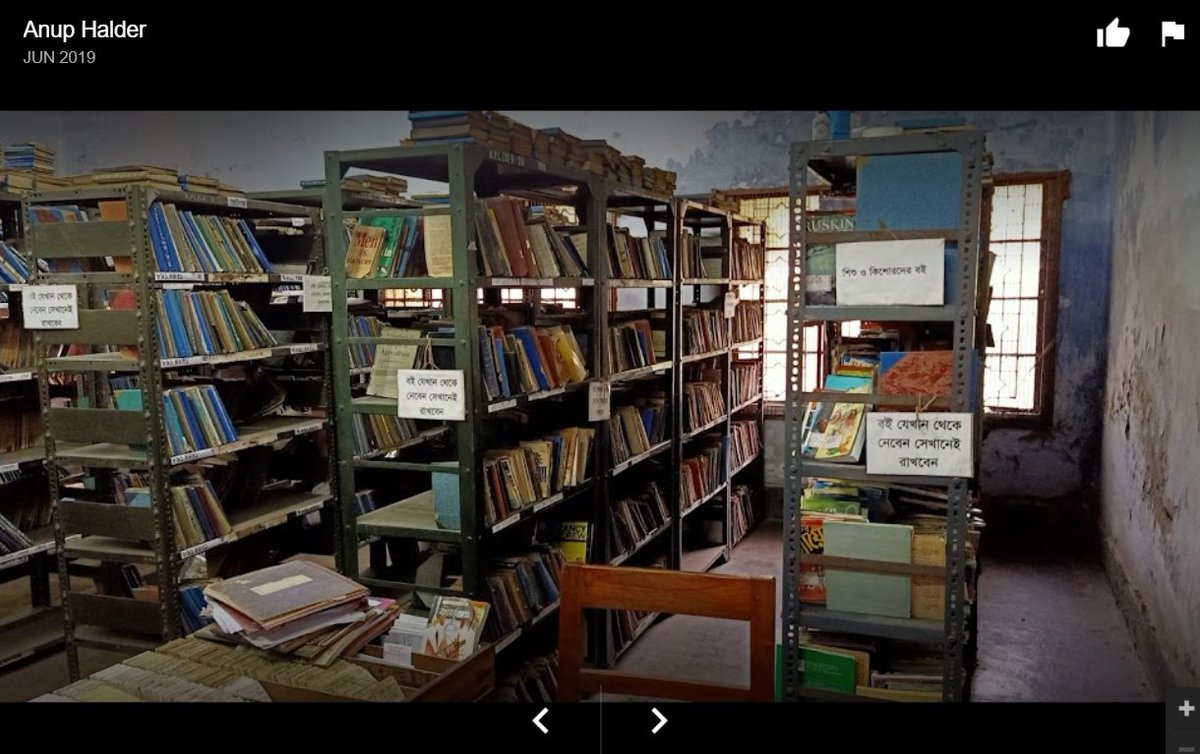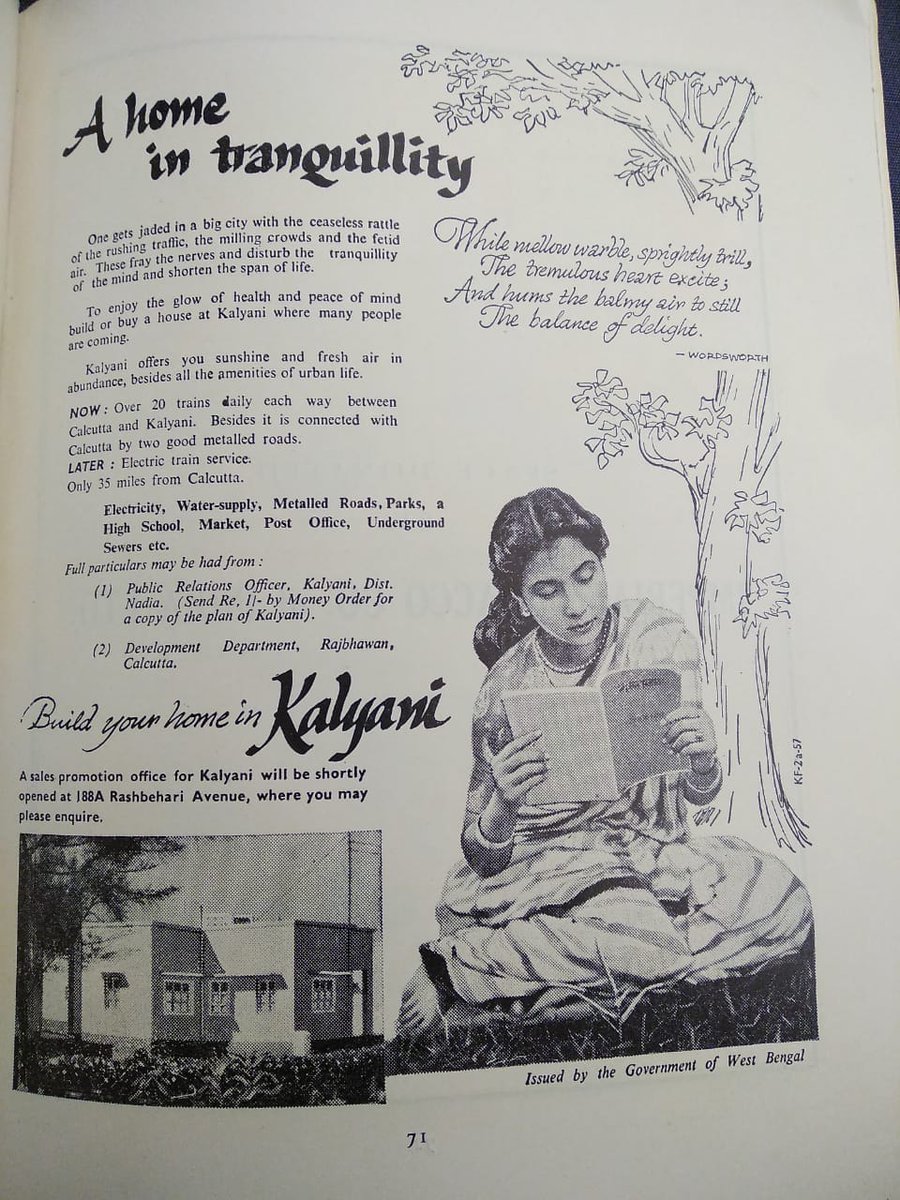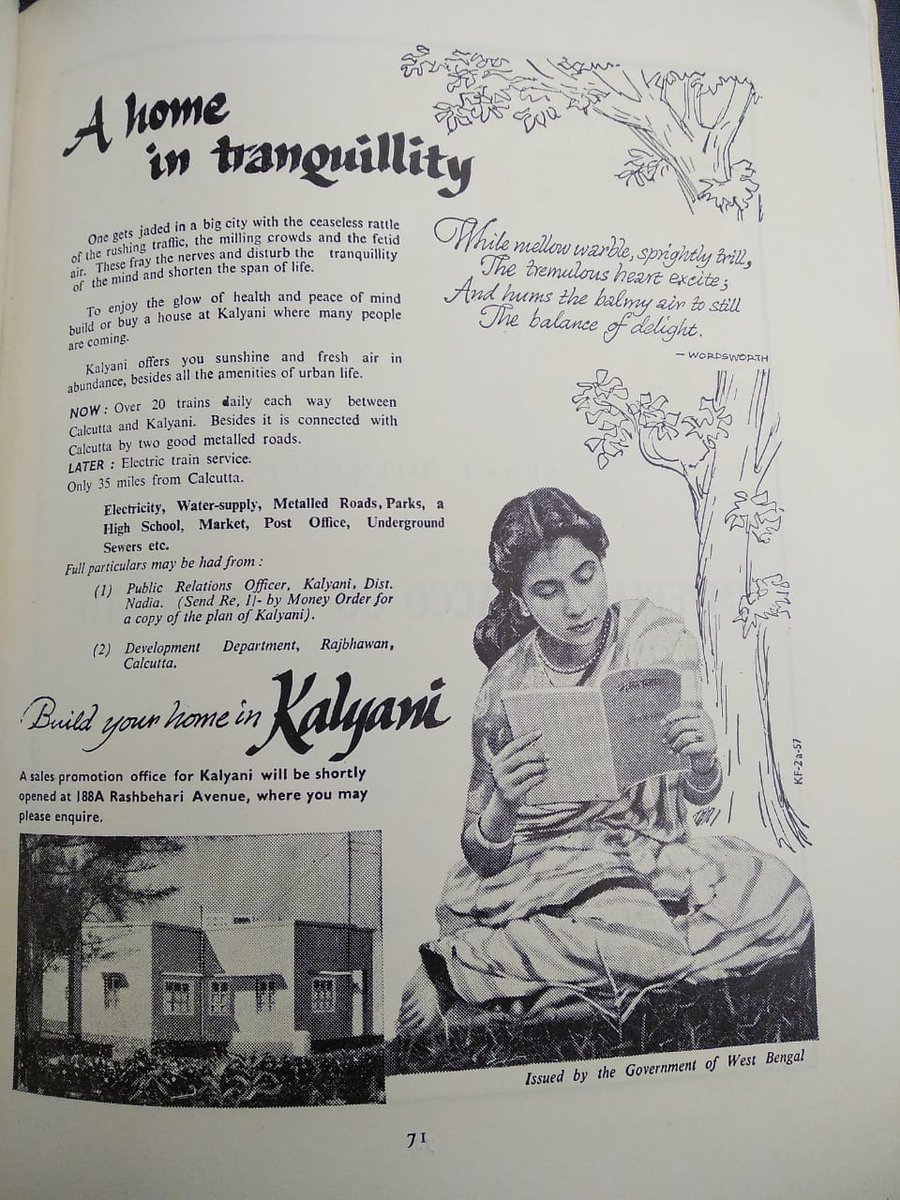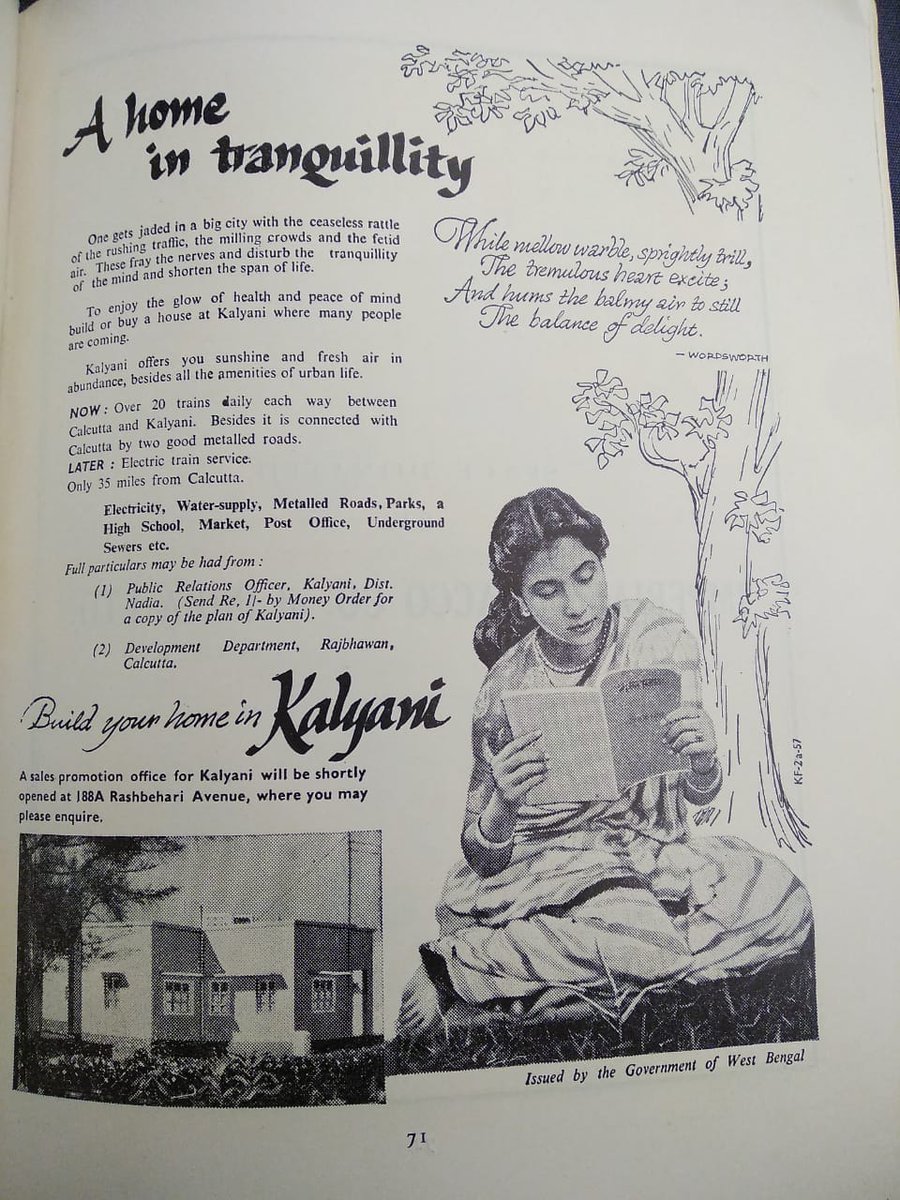
#twdeath #twgraphicimages
Among Bengali Hindus, people who accompany a person on their last journey are called shashan bondhu (শ্মশান বন্ধু, literally, friend who accompanies you to the crematorium). Often, when a family lacks in manpower or support, neighbours will chip in
Among Bengali Hindus, people who accompany a person on their last journey are called shashan bondhu (শ্মশান বন্ধু, literally, friend who accompanies you to the crematorium). Often, when a family lacks in manpower or support, neighbours will chip in
https://twitter.com/achakrava/status/1387384781910929409
as shashan bondhus, organizing the final rites. Bengali fiction has a lot of stories about young men* who jump into such tasks, such as Saratchandra Chatterjee's Lalu.
* Technically, women were not allowed to the shamshan grounds. I have never witnessed it enforced.
* Technically, women were not allowed to the shamshan grounds. I have never witnessed it enforced.
Bengali Muslims will accompany a person on their janaja, often in hundreds. Non-Muslims are also not unwelcome - in February, hundreds accompanied Maidul Islam Midya, killed by police sticks, on his final journey in Kotulpur.
This loneliness, this interminable wait - this is the tragedy.
Death rites are social rites. Death rites are public rites. We grieve together. People who accompany someone on their last journey are true friends.
Death rites are social rites. Death rites are public rites. We grieve together. People who accompany someone on their last journey are true friends.
In many ways, the cremation workers and photographers are the only shashan bondhus many people have now.
• • •
Missing some Tweet in this thread? You can try to
force a refresh






